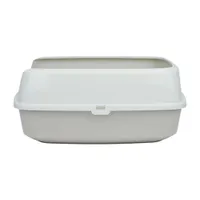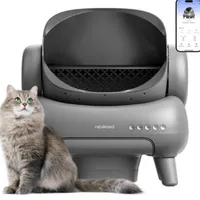Searching for the best cat litter box? Here are my top 6 picks as a pet writer and cat mom
We found the best cat litter boxes to keep your kitty fresh and clean
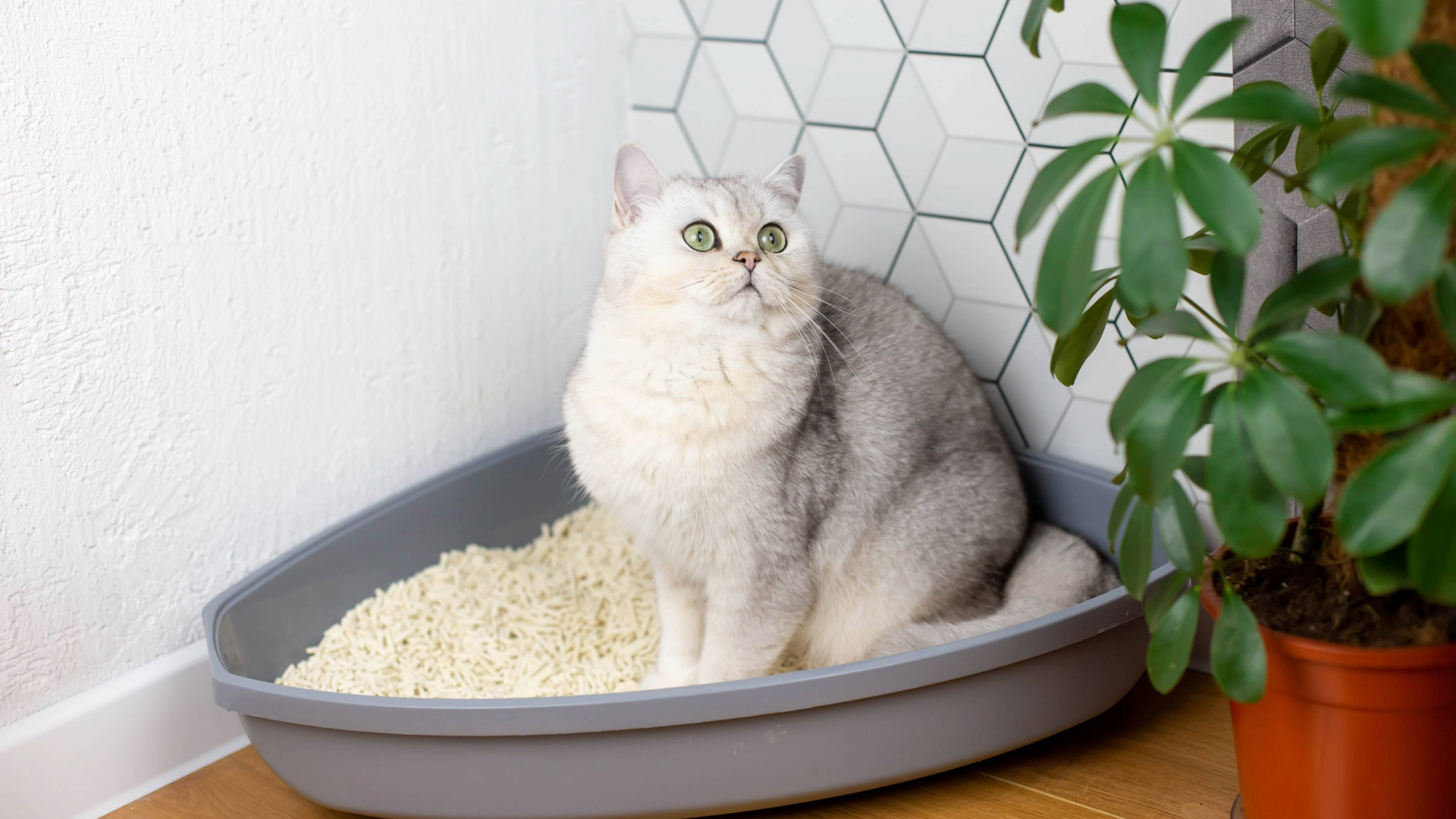
Your search for the best cat litter box is over; we've rounded them up all in one place. Whether you're looking for a hooded option to minimize mess or want one with lower sides to accommodate your cat's mobility challenges, we've curated this guide with every need in mind.
As a cat mom of two, I understand that litter boxes aren't the most exciting part of pet parenthood and are something you'd rather not dwell on for too long. That's why I've done the hard work for you, spending hours researching and comparing different models on the market to bring you my top picks. I also consulted our in-house vet, Dr. Rebecca MacMillan, to find out what the best styles are.
Below, you'll find a list of the best cat litter boxes of 2025 and why we think they’re worth the money. With a variety of price points, designs, and styles, you're sure to find the perfect fit for you and your feline friend. If you can’t think of anything worse than changing your cat’s litter box, I recommend checking out my guide to the best automatic cat litter boxes.
The best cat litter boxes 2025
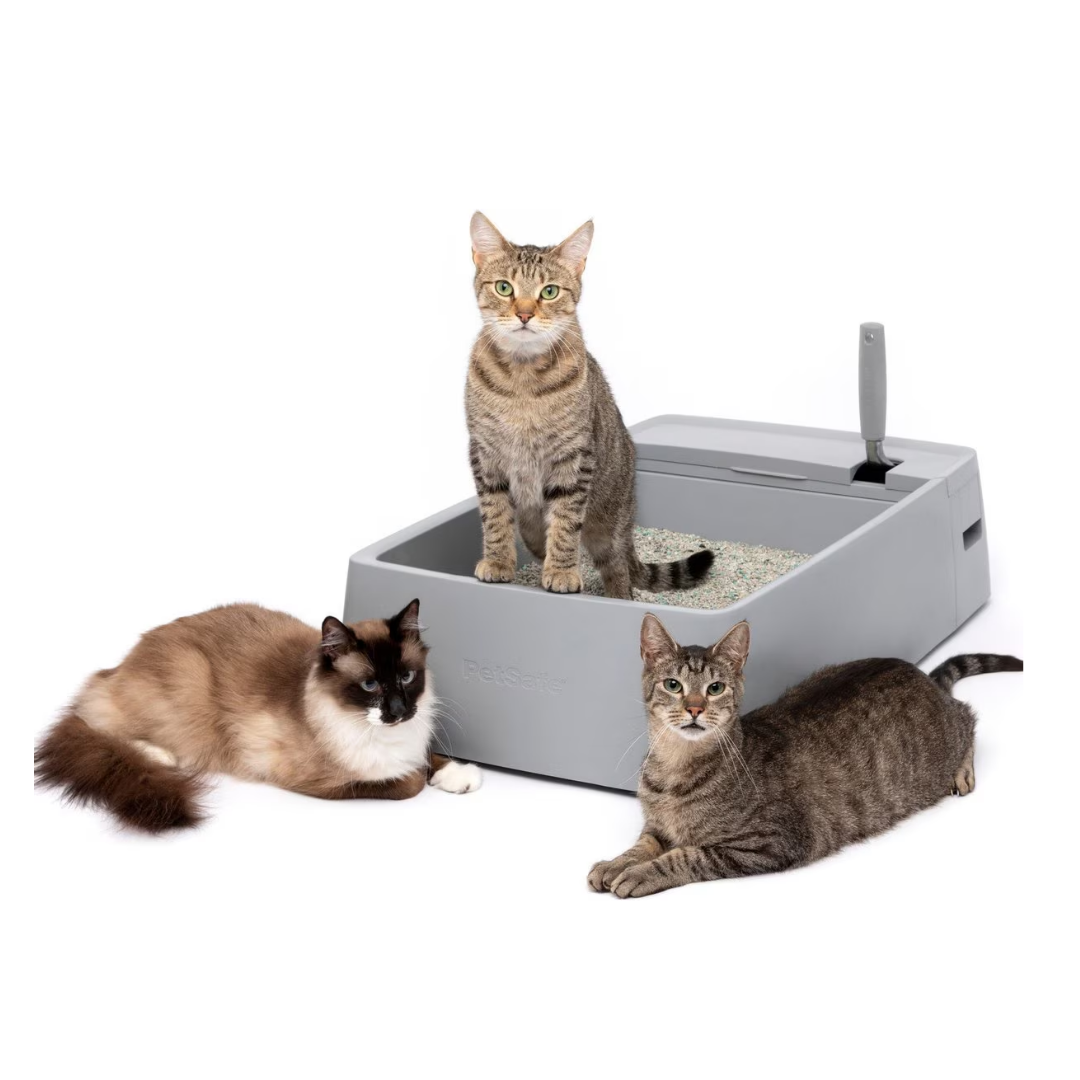
The best open cat litter box
This extra-large litter box is ideal for big cats, measuring over 30 inches in length with an eight-inch depth.
We love that it has a built-in sealed waste container and metal scoop, which keeps everything in one convenient place and saves you the hassle of buying additional accessories. The bin also has magnets to keep it shut when it's not in use.
The garbage bag features a rubber seal to trap unpleasant odors and can be detached from the box for cleaning. The box also includes a handle, making it easy to empty without getting your hands dirty.
This is currently with our tester; we'll be adding our final verdict soon!
Reasons to buy: Large size, comes with a scoop and removable waste bin.
Reasons to avoid: Might be too high for some cats.
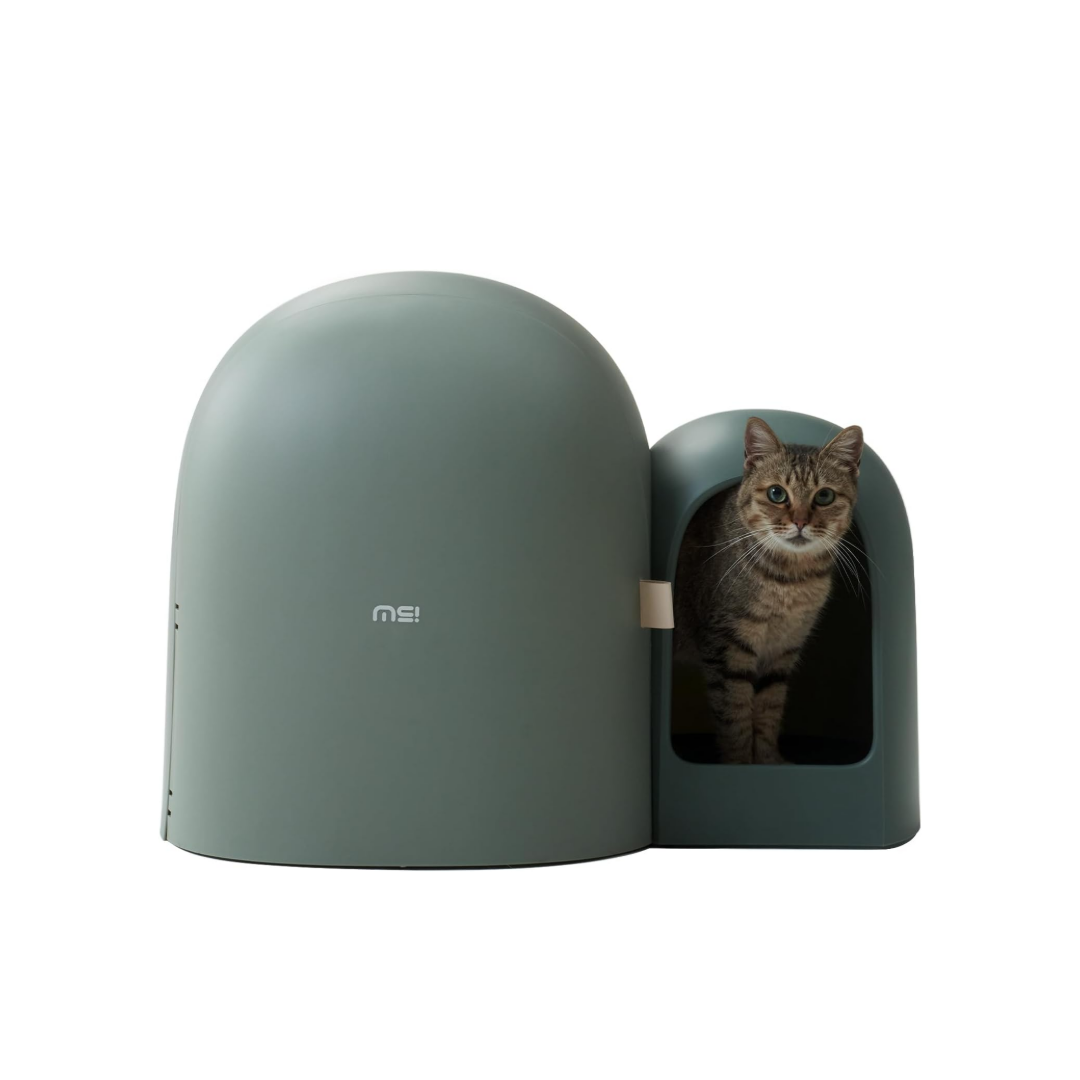
The best dome-style cat litter box
If you hate the sights and smells of litter in your home, this dome-style box is an excellent alternative. The unique design is sleek and modern and comes in two different colors to match your home décor: moss green and snow white.
Looks aside, this box checks all of our functional boxes too. It holds an impressive 12 liters of litter and is great at ventilating odors. To access the box, your cat will climb through the inviting door, where they’ll find the litter box on the left-hand side. The passageway has grooves on the floor to help pick up litter from their paws and prevent it from trailing through your home.
Our tester, Diana, says: "It's incredibly easy to put together. I clean the litter box twice a day, but on the odd days that I have only done it once, i feel like the smell does stay contained. My eldest cat seems to have made it his go-to as it deters the younger cat 'attacking' during inappropriate times."
Reasons to buy: Cute design, comes with a scoop, removeable box.
Reasons to avoid: Not suitable for large cats over 17lbs, small entry.
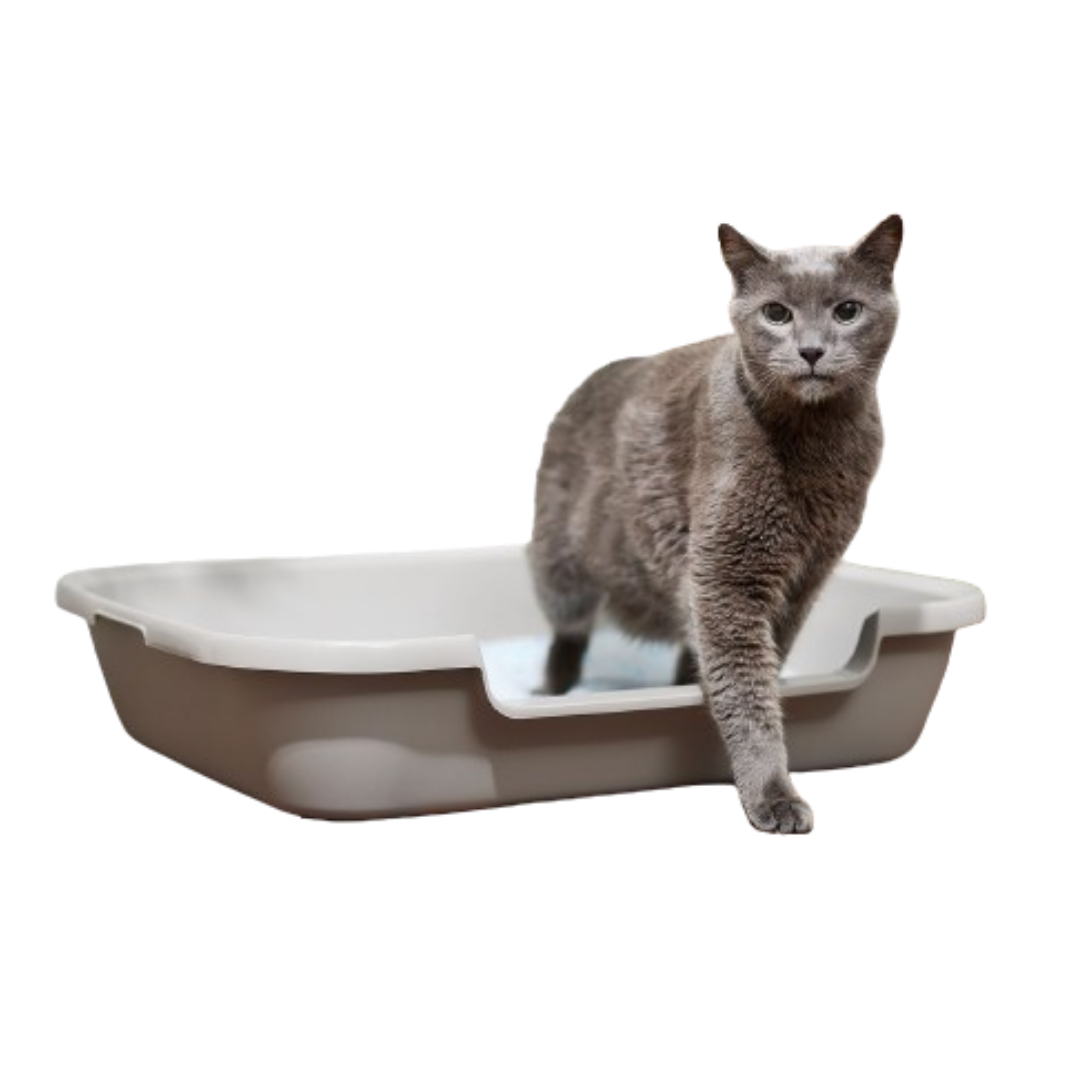
The best cat litter box for mobility issues
If your cat has mobility issues, you’ll want to choose a litter box with a low entry point, like this one.
Unlike other options in this guide, your cat won’t need to jump or stretch to get inside, making it more accessible and comfortable for them.
The box is made from lightweight plastic that can be cleaned with soap and water and has a basic design that’s easy for your cat to use. While it might not be the most visually appealing option, it’s practical and perfect for mobility-challenged cats.
This is currently with our tester; we'll be adding our final verdict soon!
Reasons to buy: Low entry point, lightweight design.
Reasons to avoid: Not as pretty as other options in this guide.
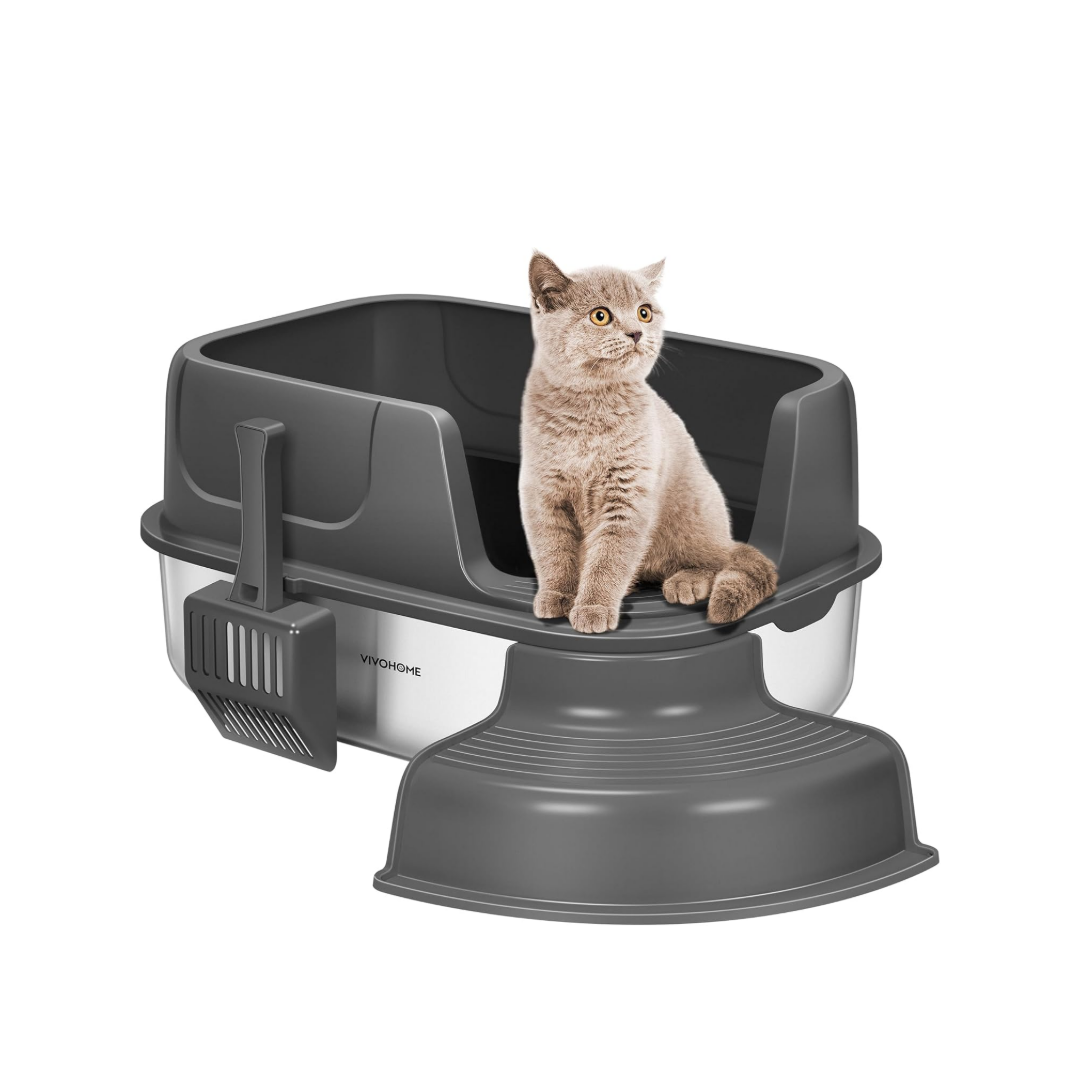
The best stainless steel cat litter box
Stainless steel litter boxes typically offer greater durability and better odor resistance, which is why we love this model by Vivohome. Customers have noted that the non-stick surface is easy to clean and "doesn't hold smells like plastic ones do."
The box features high sides to help prevent messes from spreading outside and includes a scoop. It also comes with a set of stairs with grooves, making it easier for smaller cats to climb inside while reducing litter tracking.
The non-slip design ensures the box stays in place, and its spacious interior can hold 20 to 37 liters of litter.
Reasons to buy: Stainless steel material, easy to clean, odor resistant, comes with steps and scoop.
Reasons to avoid: Reviewers have said it's heavy to lift and not suitable for large cats.
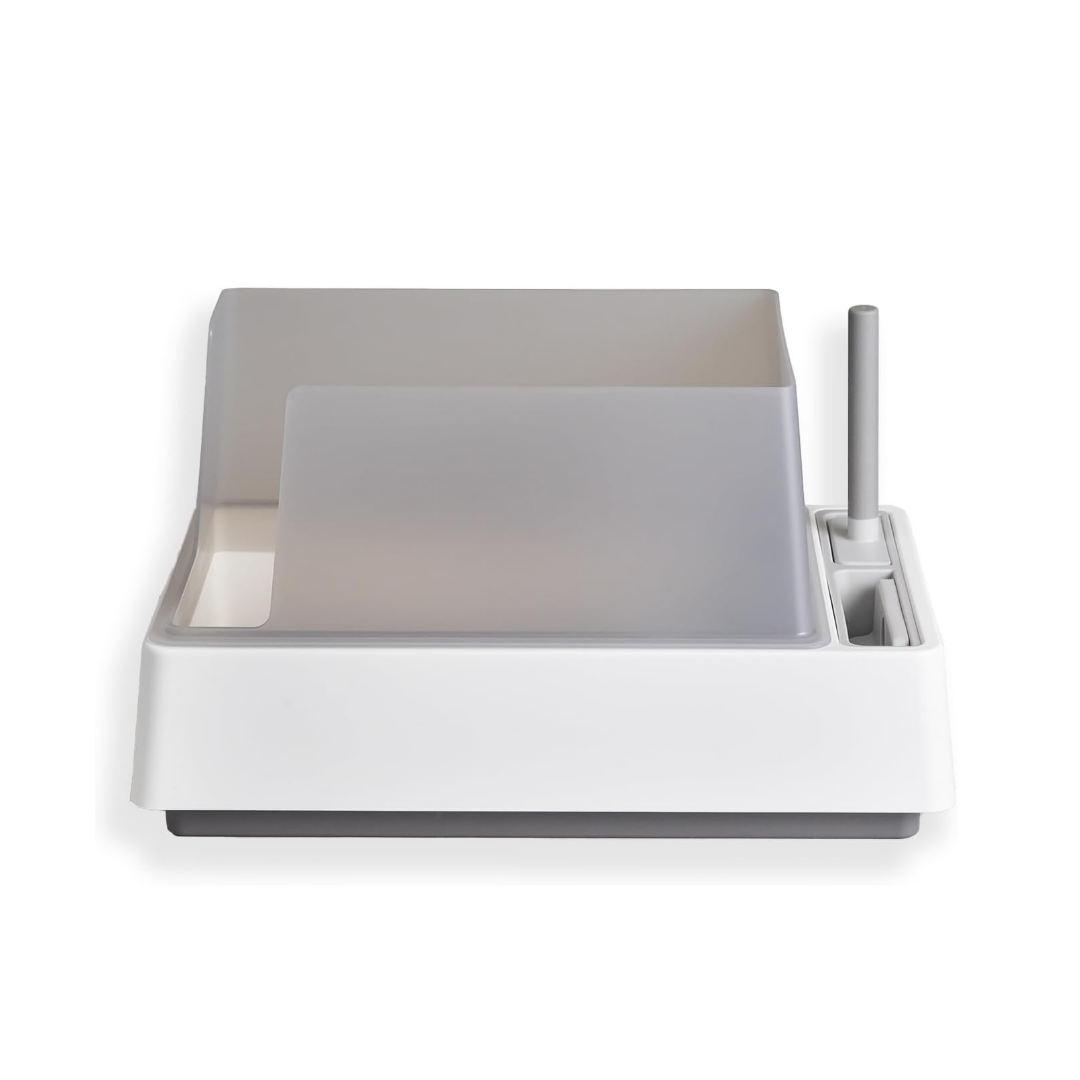
The best high-sided litter box
If you like the PetSafe box in this guide but would prefer something with higher sides, this one is an excellent choice. It doesn’t have the same waste disposal bin, but it does include a built-in scoop, brush, and dustpan to make clean-up easier.
The eight-inch side panels are removable, providing your cat with privacy while also preventing messes on your floor. The box is made from mattified plastic that is easy to wipe clean and stops litter and odors from sticking. To keep it from sliding on the floor, the base is slightly grippy, ensuring it stays in place.
This is currently with our tester; we'll be adding our final verdict soon!
Reasons to buy: High sides, built-in scoop, brush and dustpan, grippy base.
Reasons to avoid: Reviewers say it's not big enough for large cats.
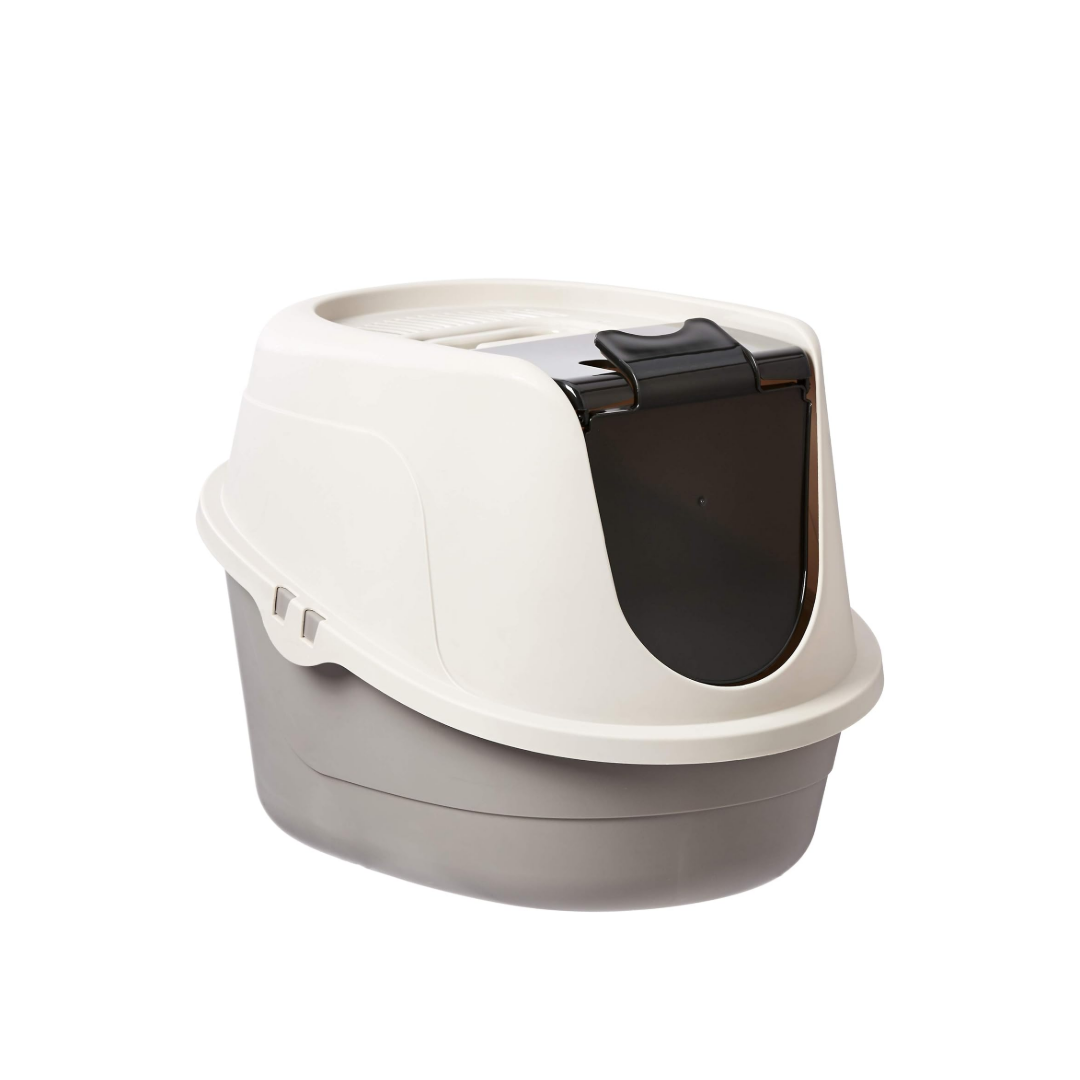
The best hooded cat litter box
There’s nothing worse than litter being kicked out of the box and onto your floor, which is why this hooded model is a real game-changer—it keeps everything contained in one place. It features a swinging plastic door for easy access and a carbon filter to reduce unpleasant odors.
The box has a handle on top for easy transportation and is made from durable polypropylene plastic, which can be wiped clean with a damp cloth. Our editor, Georgia Guerin, owns an identical model and says she likes how the lid prevents mess in her home.
Reasons to buy: Keeps litter inside the box, odor-reducing carbon filter, easy to transport.
Reasons to avoid: Might be too high for some cats.
Photos from testing
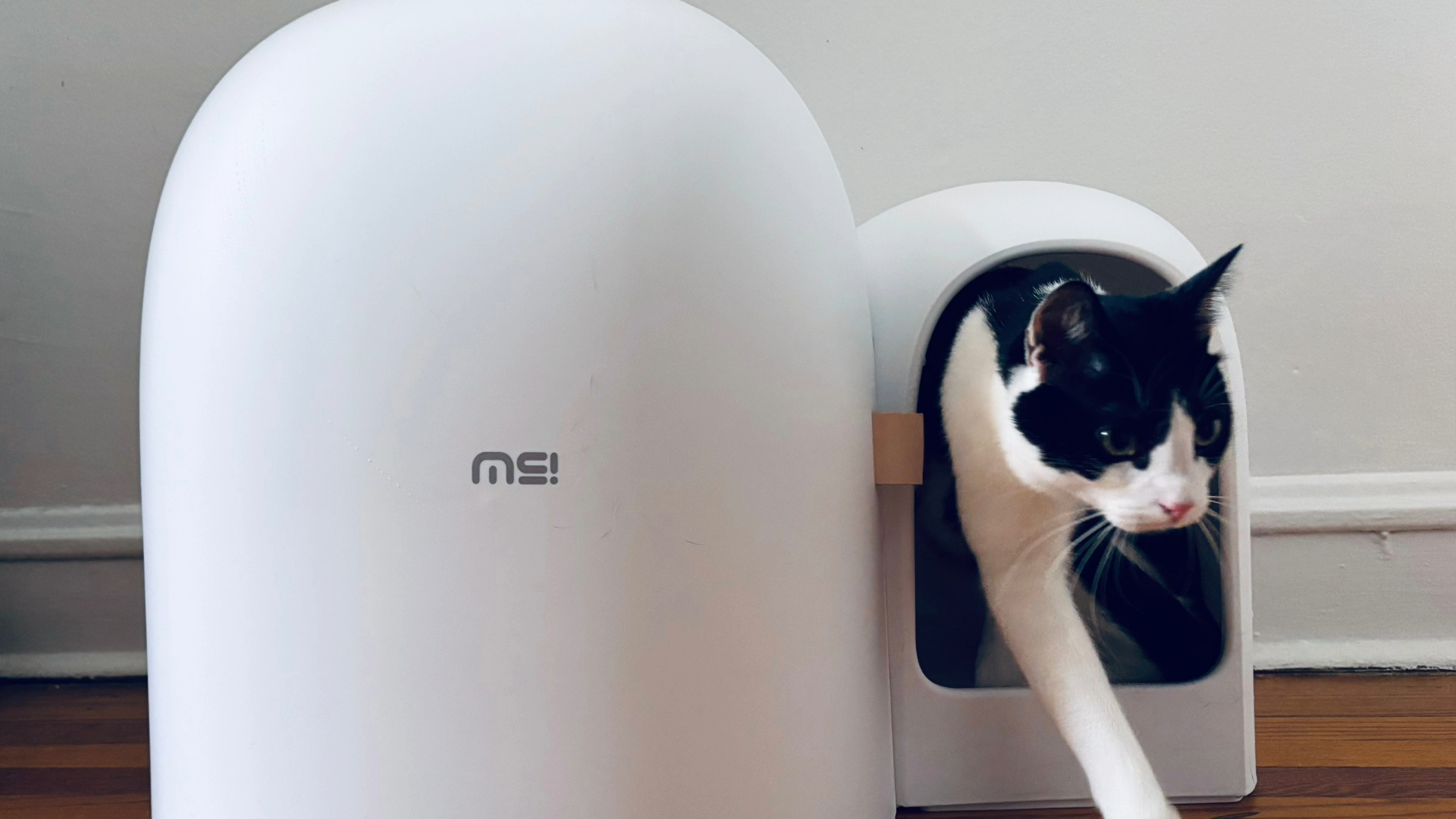
Other cat litter boxes to consider
Georgia has also tested a Pets at Home open-top litter box, but her cat Annie made "such a mess" when using it. Instead, she prefers a hooded-style box (like this one on Amazon) to keep everything contained and reduce odors.
Pets at Home Maryloo Cat Litter Tray
This budget-friendly litter box is easy to clean and features removable sides to keep litter liners in place. Made from 98% recycled materials, it can also be recycled when you're ready to dispose of it, making it an eco-friendly option.
If you're fed up with cleaning your cat's poop, you might consider investing in one of the best automatic litter boxes, which will do the job for you.
We've tested nine different models and found the Neakasa M1 Litter Box to be sleek, quiet, and easy to use.
Our tester, Henry, noted that it prevents bad odors from escaping into his home, and all three of his cats were happy to use it. Operating at a 50dB sound level (similar to a refrigerator), it's so quiet you can barely notice it. However, these devices can be quite pricey, so if you're not looking to splurge, one of the basic models in this guide might be a better option.
Neakasa M1 Open-Top Self Cleaning Cat Litter Box
This self-cleaning litter box can go up to two weeks without needing a bag change and can hold up to 11.23 liters of waste. You can connect it to an app to monitor your cat's toilet activity, which can tell you a lot about their health.
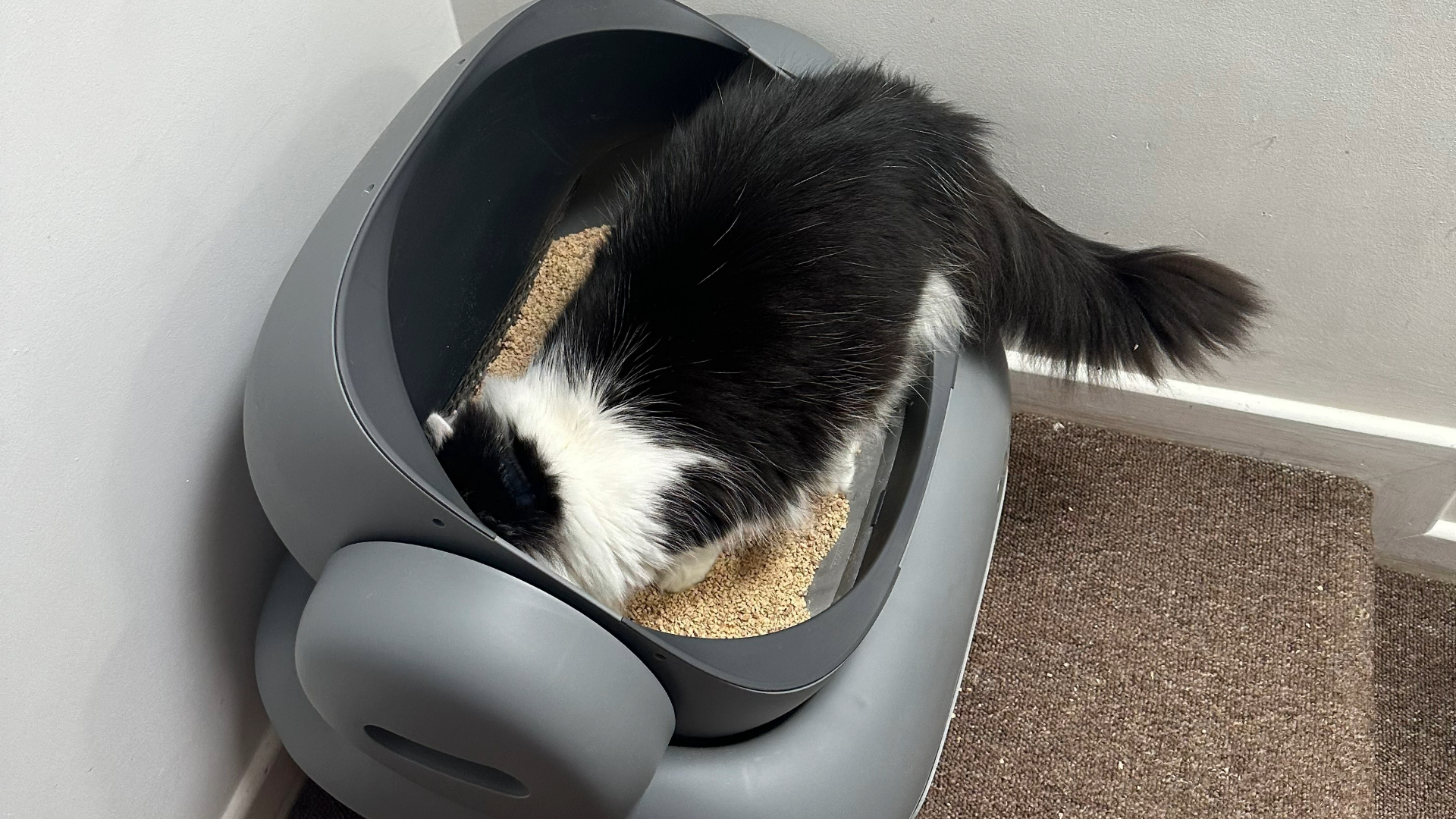
How we tested the best cat litter boxes
To curate this guide, we spent hours researching and comparing a wide range of litter boxes. We narrowed them down into six categories (hooded, open-top, stainless steel, dome-shaped, low-entry point, and high-sided) and selected just one model for each of these. Any products we tested but didn’t make the cut are listed in the 'Others to Consider' section.
We asked our testers the following questions:
Litter retention: Does the box keep litter inside? Does it prevent litter trailing?
Cleaning: How easy is it to clean the box? Does litter or poop stick to the sides?
Odor control: How well does the box prevent bad smells from escaping?
Accessibility: Is the box suitable for cats of all ages, heights, and abilities?
Comfort: Is the box large enough for cats to sit in comfortably?
Value for money: Is it worth the money based on quality and what’s included?
Here's more information on how we test.
How to choose the best cat litter box
All the options included in this guide do a good job, but it's very much a matter of what suits your needs. If you don’t want to spend a huge amount on a cat litter box, a simple open tray is a good choice. If you have a large cat or a cat that likes to spray their litter around, you will need taller sides to prevent mess being made.
If you’re happy to spend a little more, try a covered cat litter box which gives your cat some privacy and helps keep things tidy. You can also try an automatic, self-cleaning litter box, but these are expensive and effectively do the same job, but you won't have to do as much cleaning.
For senior cats or cats with mobility issues, you'll want to ensure the sides are low enough for them to climb inside, or even consider models that have steps.
It is essential that you get the right size litter box for your cat. You don’t want your fur friend having to step outside their tray or squeeze into a tight small space that makes them uncomfortable. As a general rule, a litter box should have enough room for your pet to move around in and a little bit extra. Bigger is typically better.
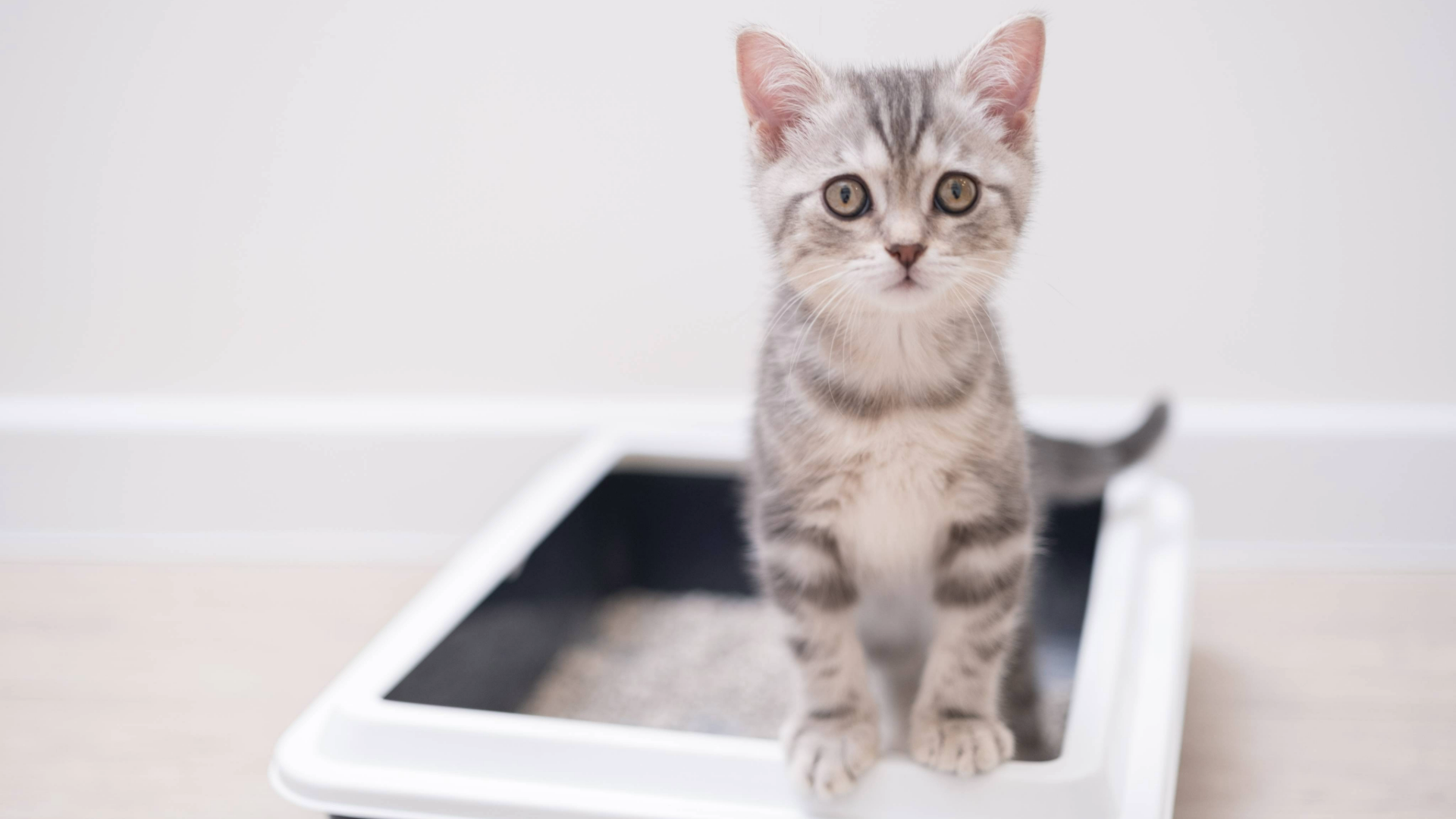
What is the best type of litter box for a cat?
There are many types of cat litter boxes (and types of cat litter!) on the market, from hooded and open-top designs to stainless steel and plastic options, but which one is the best? Dr. MacMillan explains that there’s no single product that suits every pet – it ultimately depends on what works for both the cat and the owner.
She says: "Research shows that most cats prefer a box that gives them plenty of space to move around. Ideally, it should be one and a half times the length of your cat (nose to tail) which can make for a pretty large box in some cases. It is also proven that cats prefer a decent amount of kitty litter, ideally a 3cm depth. So, this means choosing a box that is also deep enough to hold that amount of litter.
"Don’t forget that some cats may struggle to climb into a high-sided box, especially if they have mobility issues or are very young. In this case, you may need a shallower tray or one that has a step to allow easy access."
Do cats prefer open or hooded litter boxes?
If you’re torn between an open-top or hooded litter box, it’s important to consider the pros and cons of each design.
Dr. MacMillan says: "Most cats like to keep an eye on their surroundings, whether they are eating, drinking, resting, or toileting. This means that the majority will prefer an open litter box so that they can see what’s going on around them.
"Many cats will adapt to a hooded litter box, but there will also be some that refuse to use them. Hooded boxes may be more for our benefit than theirs, with many pet owners choosing them because they hide any unsightly messes and trap odors. There are always exceptions to this rule, however, and some shy or cautious cats may prefer to hide while toileting. It can be trial and error."
Whichever option you choose, be sure to provide your cat with multiple litter boxes around the house, placing them in quiet, undisturbed areas. You should have one litter box per cat and at least one extra, according to vet Dr. Hannah Godfrey.
If your cat does not seem keen, here are our tips on how to get a cat to use a litter box.
Chosen your new litter box? Now check out our guide to the best cat litter to make this job even easier! You might also want to read our cat litter hacks. Or discover how self-cleaning litter boxes work.
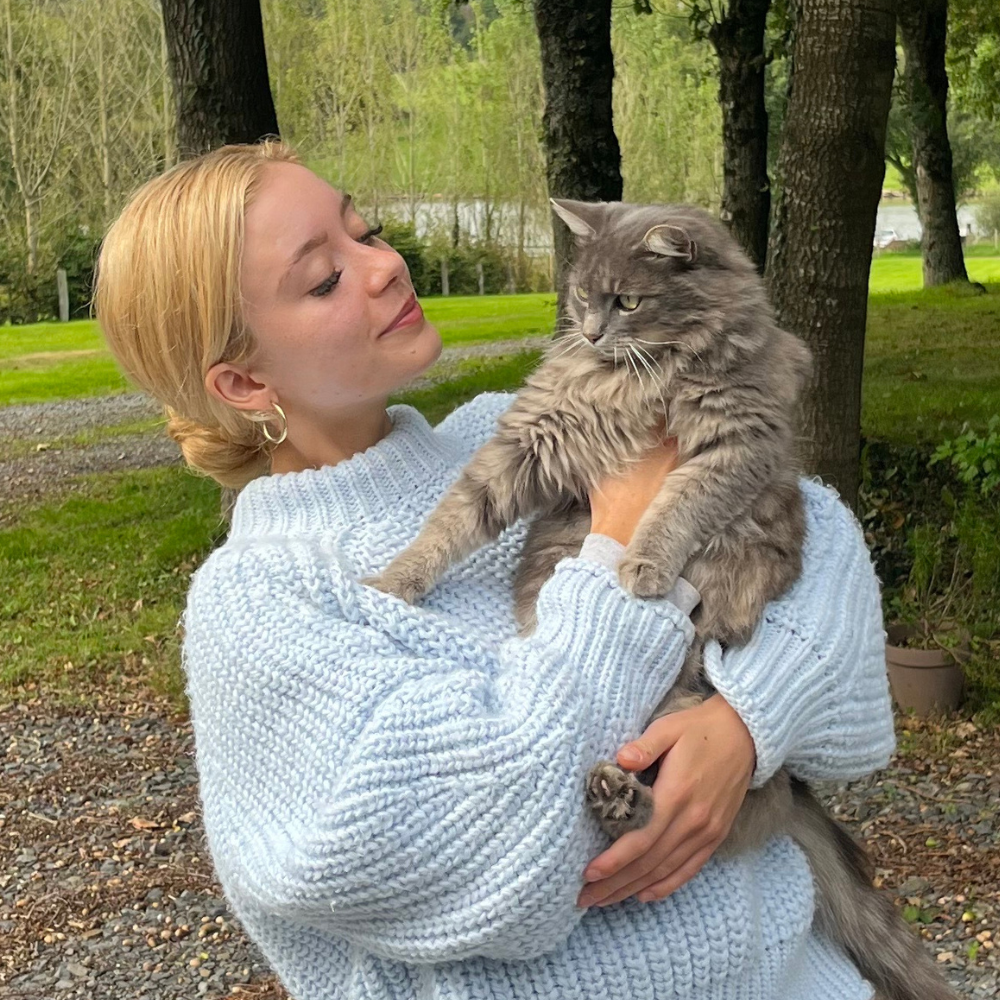
Megan is Staff Writer on PetsRadar and cat mom to two tabbies, Chilli and Nala. To find you the best cat litter boxes, she spent hours researching online, talking to vets and seeing what real pet parents recommend. She has a degree in Journalism from the University of Westminster.
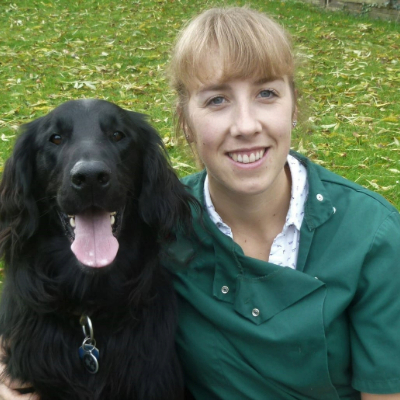
Rebecca is a veterinary surgeon who graduated in 2009 from the Royal Veterinary College in London. She has a wealth of experience in first opinion small animal practice, having done a mixture of day-to-day routine work, on-call emergency duties and managerial roles over the years. She enjoys medicine in particular and she is proud to have recently achieved a BSAVA postgraduate certificate in small animal medicine (with commendation).

Hannah graduated from the Royal Veterinary College in 2011 and began work straight away at a busy mixed practice. Initially, she treated all species, but focussed on small animals from 2014. She has a passion for soft tissue surgery, ultrasound, and canine and feline dentistry, having completed additional training in these areas.
Get the best advice, tips and top tech for your beloved Pets

Megan is a Staff Writer at PetsRadar, covering features, reviews, deals, and buying guides. She has a wealth of experience caring for animals, having grown up with dogs, cats, horses, guinea pigs, and more throughout her life. She studied BA Journalism at the University of Westminster, where she specialized in lifestyle journalism and was editor of Smoke Radio’s lifestyle website. Megan works alongside qualified vets and accredited trainers to ensure you get the best advice possible. She is passionate about finding accurate and helpful answers to your pet-related questions.
